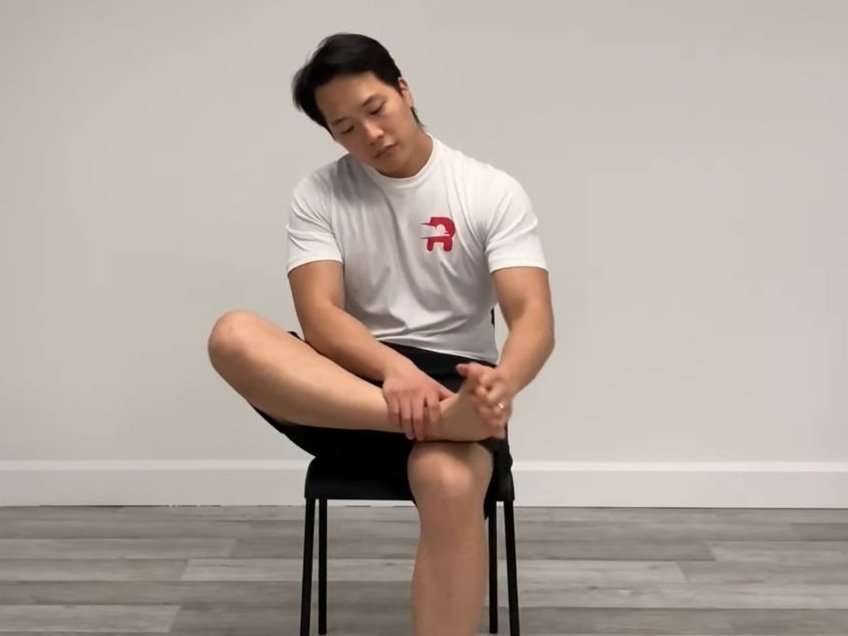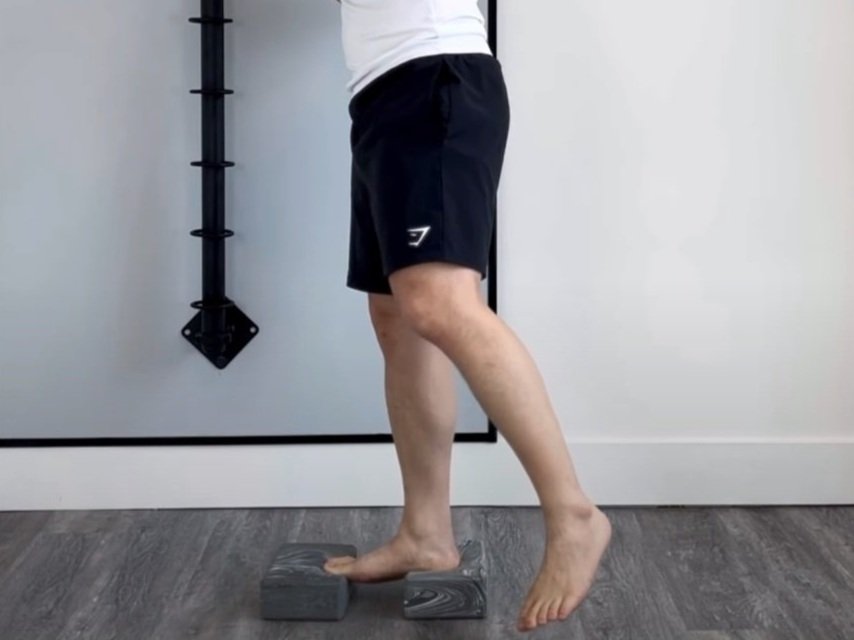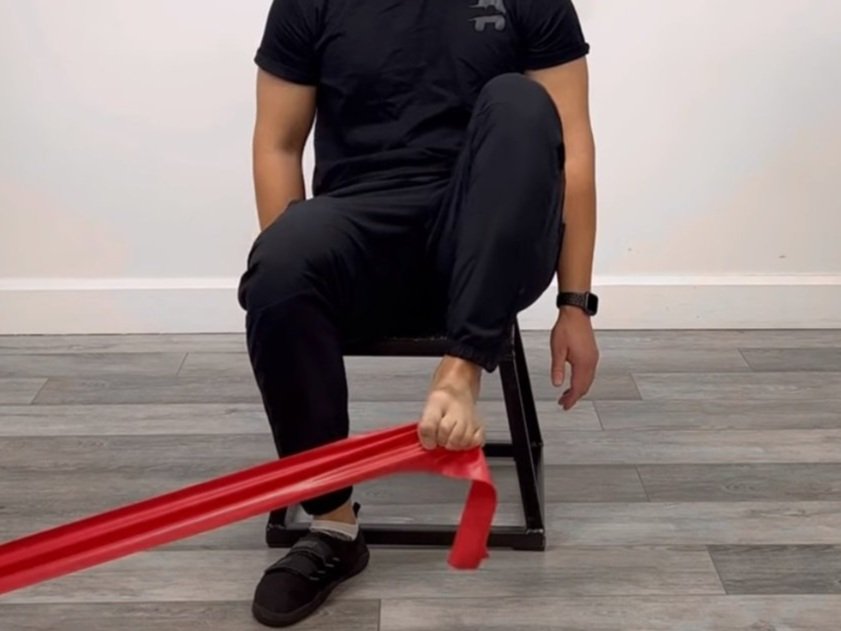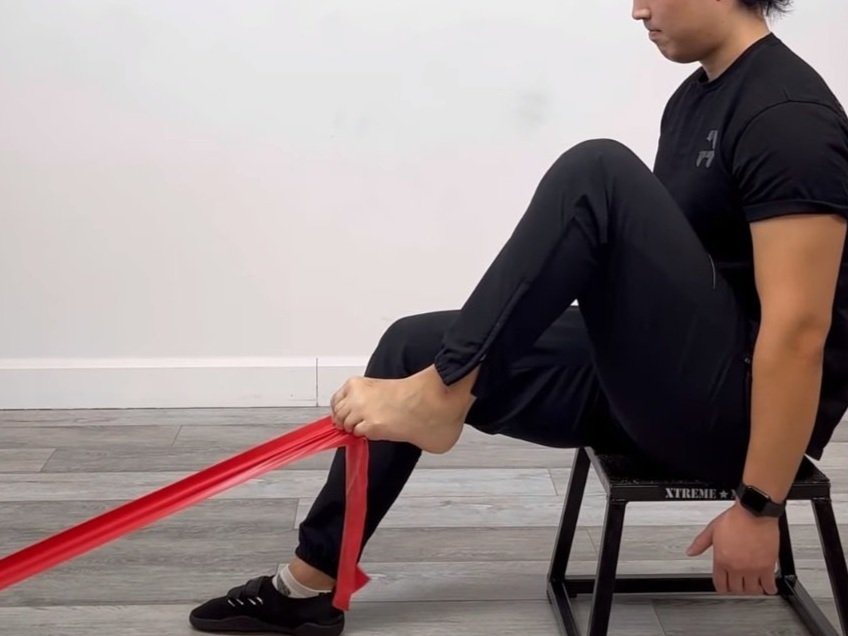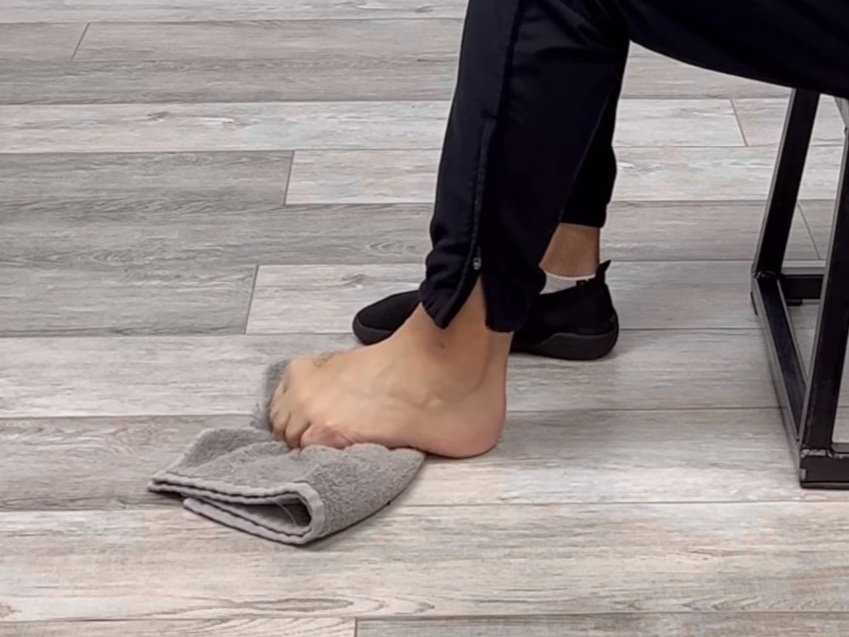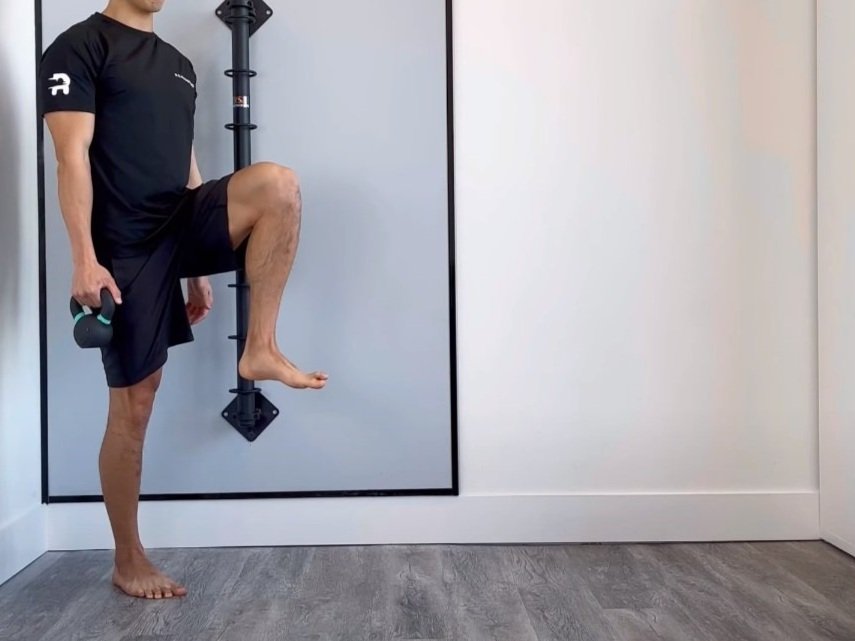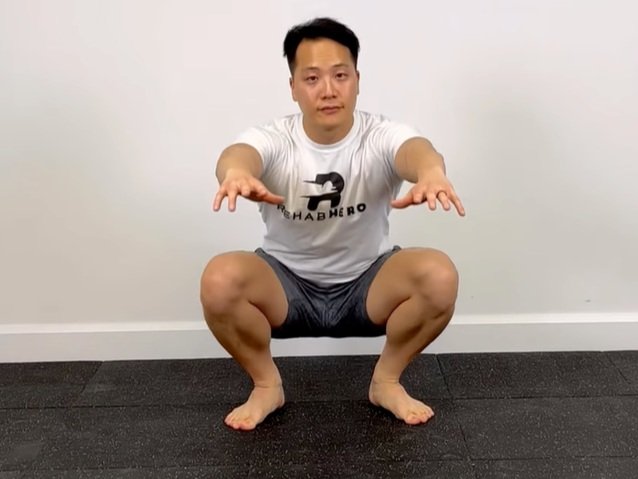Morton’s Neuroma Review
What is Morton’s Neuroma?
Learn about treatment options, recovery exercises, and symptom management techniques for this nerve condition.
What is a Morton’s Neuroma?
Morton’s neuroma is a condition caused by mechanically induced nerve irritation. This constant irritation can cause perineural fibrosis and degeneration of the common digital nerve. This typically affects the nerve between the second to third or third to fourth metatarsal heads.
What causes a Morton’s Neuroma?
Some causes of Morton’s neuroma include endoneurium sclerosis, thickening of perineurium, and demyelination of nerve fibers. This condition is associated with decreased intermetatarsal spaces (narrow shoe boxes). Combined with gait, excessive compression can lead to mechanical irritation leading to a Morton’s Neuroma.
Who gets Morton’s Neuroma?
Morton’s neuroma typically affects those between the ages of 15-50 and females more than males. Some risk factors include wearing heels, pointed shoes, previous foot injury, inflamed bursa, and inflamed lipoma.
What does a Morton’s Neuroma feel like?
Generally there is a gradual onset of achy pain located on the bottom aspect of the forefoot (plantar surface). This pain is also typically located in the second to third metatarsal interspace. This pain can be described as a ‘walking on a marble’ sensation. Pain can gradually progress from an ache to sharp and burning pain as the nerve begins to become irritated.
Alleviating factors include rest, foot massages and removal of compressive shoes.
Who can diagnose a Morton’s Neuroma?
You can visit your local orthopaedic physiotherapist or chiropractor for this diagnosis. A clinical exam will include a thorough history, physical assessment, neurological examination and orthopaedic tests. If required, your health care provider may refer you for additional diagnostic imaging if needed. To book in with a physiotherapist or chiropractor at Rehab Hero click the button below:
Tests for Morton’s Neuroma
Typically radiography (x-ray) images are not useful for diagnosing Morton’s neuroma but may be used to rule out other conditions. Ultrasound imaging and MRIs are capable of revealing a neuroma in many cases.
Clinically, special tests can be completed to make a diagnosis in the absence of imaging. Tests include:
Morton’s Squeeze: Grasp the forefoot with one hand and apply a squeezing pressure to the metatarsal interspace. A positive test is reproduction of symptoms including radiating neuropathic pain.
Digital Nerve Stretch Test: With the patient seated or laying supine, the physiotherapist or chiropractor will fully dorsiflex the ankle and extend the lateral toes. A positive test is reproduction of symptoms with the webs of the toes being extended.
What can I do to decrease Morton’s neuroma pain?
Generally resting from aggravating movements (while maintaining normal activity levels as much as possible) or behaviors will help to reduce pain in the foot. Lifestyle changes in the form of using new shoes with wider toe boxes can help to decompress the forefoot with walking and running. Orthotics or a metatarsal pad can be used to redistribute weight in your forefoot more evenly to decompress the intermetatarsal spaces. Icing for 20 minutes twice a day may also prove to be helpful with symptom management.
Massage therapy has also been shown to help reduce symptoms. Specific focus on stretching and massaging tight calf and foot muscles can provide symptom relief. Joint mobilizations focused on increasing metatarsal and tarsal joint mobility can help as well.
Joint mobilizations and manipulations can be provided by qualified orthopaedic physiotherapists and chiropractors. These techniques may be used to adjust joint malposition and to correct biomechanical issues.
To get treated by a Markham physiotherapist, chiropractor or RMT click the button below to book an appointment at Rehab Hero.
Can you reverse Morton’s neuroma?
Generally there is a good prognosis with conservative care. Conservative care is any treatment modality that falls outside the realm of surgery. This include physiotherapy, chiropractic, massage therapy, lifestyle modification and exercise rehabilitation.
How long does it take to get rid of Morton’s Neuroma?
Once activity modification from aggravating activities have occurred it will take about three weeks for healing to occur. Relative rest will be important to reduce reoccurring mechanical irritation of the digital nerves while maintaining normal activity levels as much as possible.
Is walking barefoot good for Morton’s neuroma?
Since Morton’s neuroma is exacerbated by walking in tight toe box shoes, walking barefoot may help to decompress the metatarsal interspaces and decrease mechanical irritation of the digital nerves. It is due to this that temporary wearing wide toe box shoes can be helpful when you need to walk outdoors. However, those with over pronation dysfunction of the medial longitudinal arch may find walking barefoot irritable. Due to this, increasing the strength of the intrinsic foot muscles may also be necessary.
Rehabilitation exercises for Morton’s Neuroma
Exercises will generally be focused on strengthening the intrinsic muscles of the foot to correct any biomechanical dysfunctions, and to improve joint mobility in the forefoot to increase metatarsal interspace. Generally speaking, improving joint flexibility (passive range of motion), followed by mobility (active range of motion), and then strengthening (resisted range of motion) will be part of a complete rehabilitation program.
An example of a joint flexibility exercise is the Toe Spread Extension exercise:
This exercise targets your metatarsophalangeal joints of your foot (first knuckle of the toes). Use your fingers to increase the space between your toes and then use the hand to push the toes into extension and foot into dorsiflexion. You should feel a nice stretch at the base of the toes.
An example of a joint mobility exercise is the Standing Foot Opener exercise:
While standing, simply rotate your entire body in one direction and appreciate the movement occurring at the feet. For example, when rotating to the right, you will feel the right foot supinate and the left foot pronate. When the foot supinates you may feel the intrinsic foot muscle contract, and when it pronates you will feel them stretch.
An example of a foot strengthening exercise for Morton’s neuroma is the Toe Spread exercise:
This is a toe abduction exercise that is used for motor control. This exercise can be completed while seated, standing, weight bearing, or non-weight bearing.
For additional exercises specific to your biomechanical dysfunctions and foot pain, book in an appointment with one of our highly qualified clinicians:
Written by:
Dr. David Song, Chiropractor, Rehab Coach


